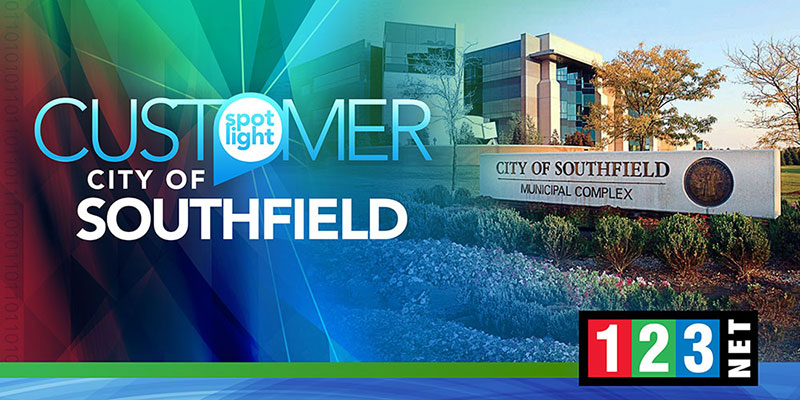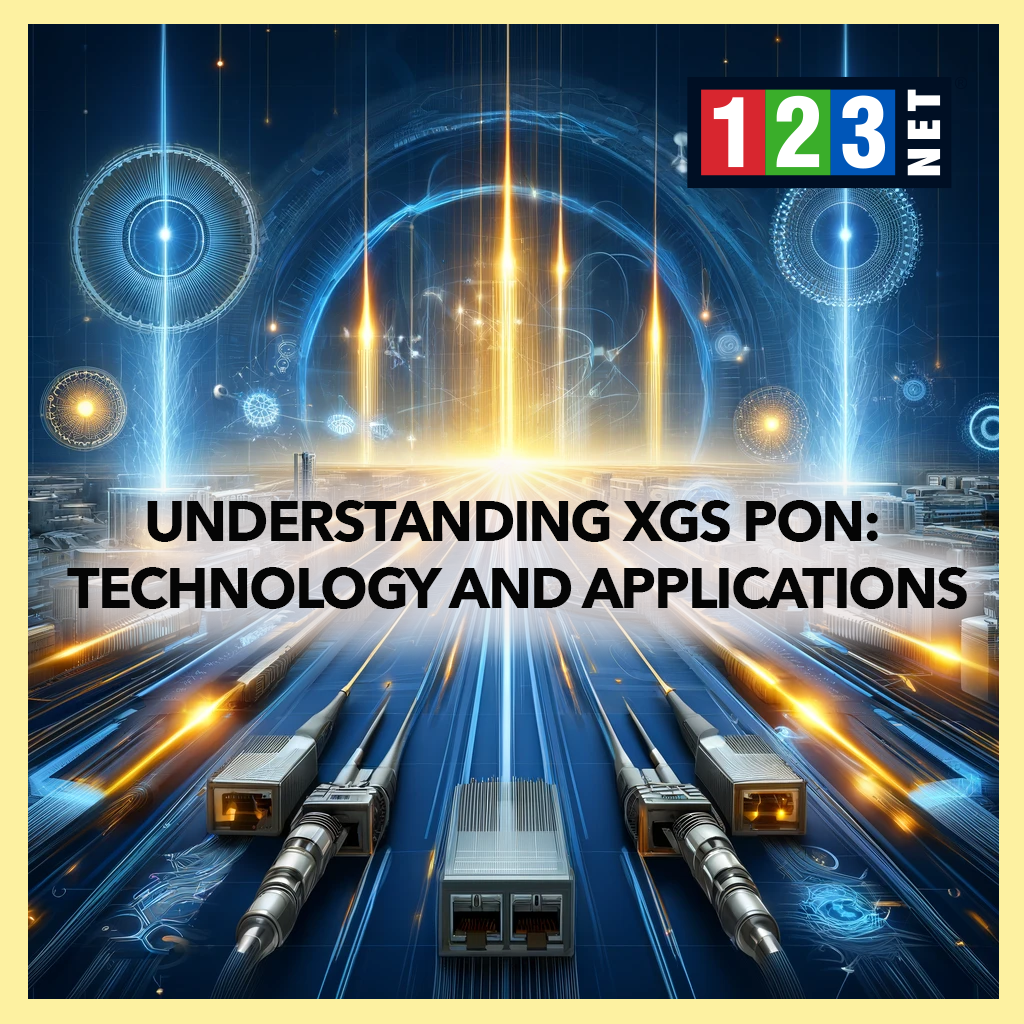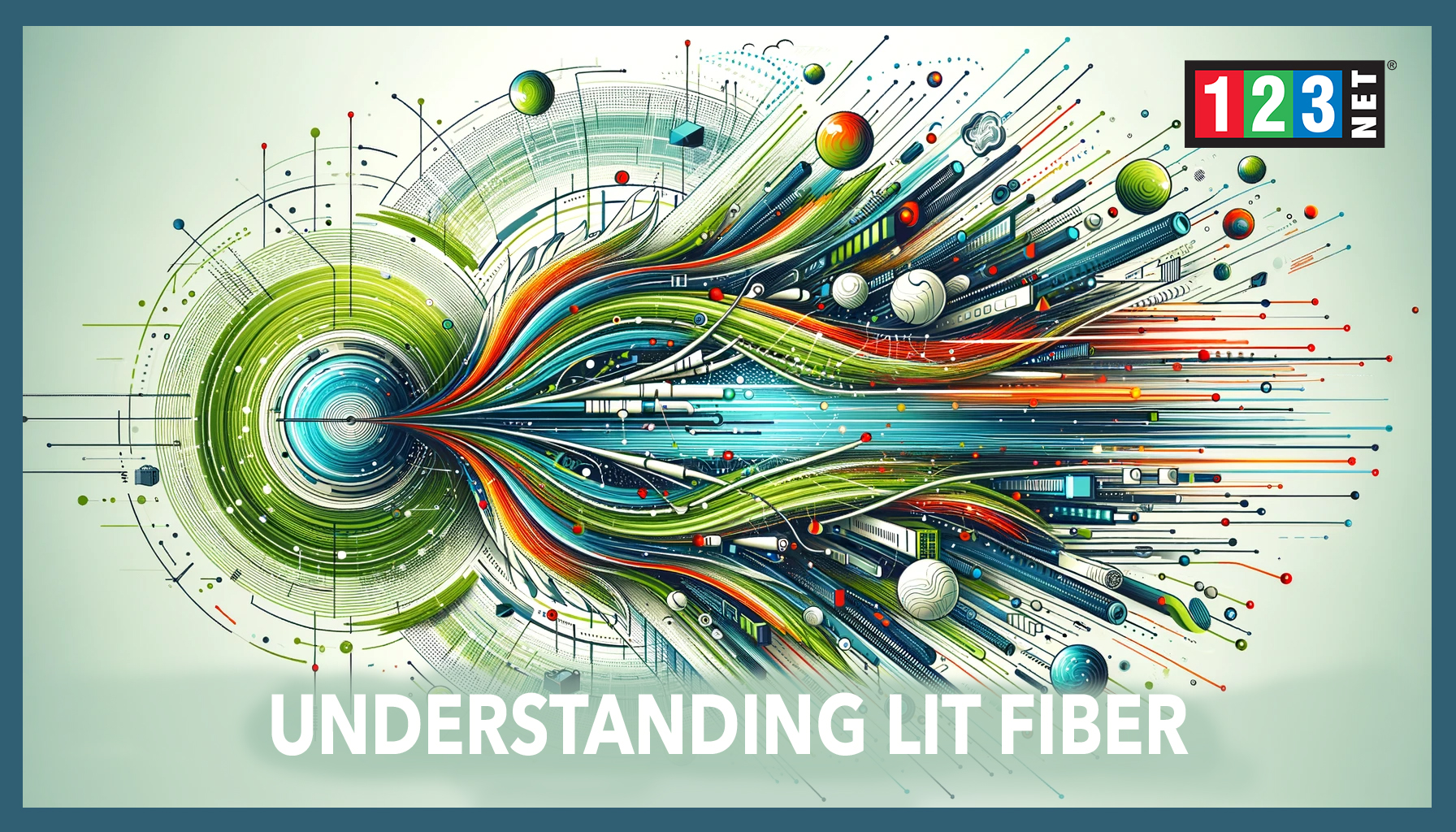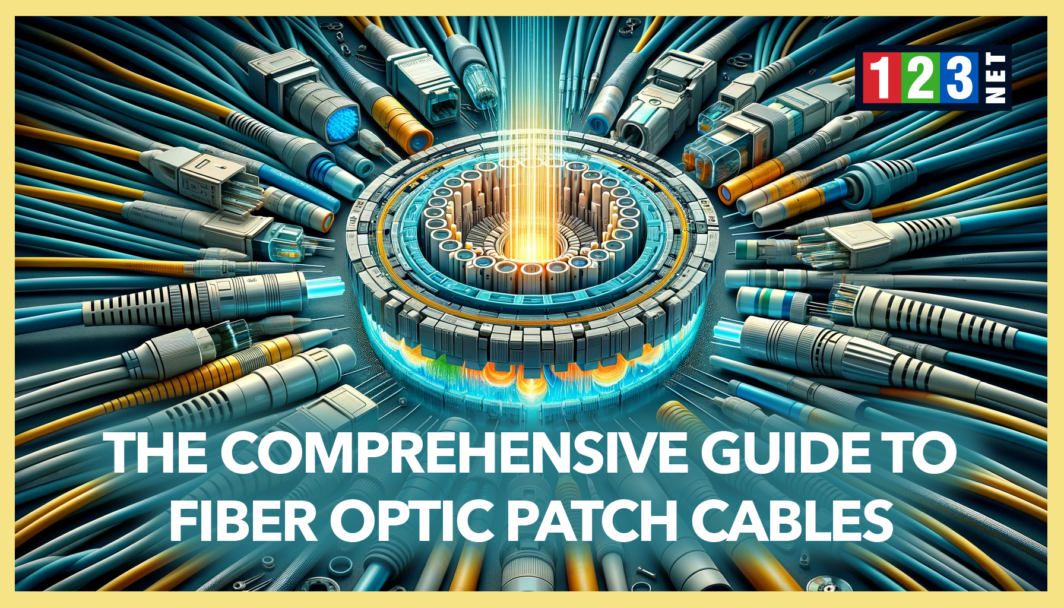
Introduction
Fiber optic technology revolutionizes how we transmit data, offering unparalleled speed and reliability compared to traditional cabling methods. At the heart of this technological marvel are fiber optic patch cables, essential for connecting and routing data in countless modern networks. These cables are the unsung heroes, ensuring that data travels seamlessly across short distances within a network or between devices. This guide delves into the intricacies of fiber optic patch cables, from their construction to their vital role in today’s digital age, highlighting their importance in bolstering network infrastructure and facilitating rapid signal transmission.
What Are Fiber Optic Patch Cables?
Fiber optic patch cables stand as critical elements within the architecture of optical networks, serving a fundamental role in interconnecting devices to facilitate the routing of signals. These cables represent a significant technological advancement over traditional wiring systems, as they employ light to carry data. This method of data transmission not only drastically increases the potential for bandwidth capacity but also significantly boosts the speed at which data can travel. The core of these innovations lies in two distinct types of fiber optic patch cables: Single-mode and Multi-mode.
Single-Mode Fiber
Single-mode fiber optic patch cables are specifically engineered for long-distance communications. Their design features a remarkably narrow core, allowing them to maintain the integrity of the light signal over vast distances. This capability is crucial for applications requiring data to travel over extensive networks without degradation, such as intercity or transoceanic communications. The precision with which single-mode cables transmit light ensures minimal signal loss and dispersion, making them an indispensable choice for high-speed, long-range data transmission.
Multi-Mode Fiber
On the other hand, Multi-mode fiber optic patch cables cater to environments where data needs to cover shorter distances, such as within a single building or across a campus. These cables are characterized by a wider core compared to their single-mode counterparts, enabling them to carry multiple light signals concurrently. This feature allows Multi-mode cables to transmit a greater volume of data per unit of time, albeit over shorter distances. The capacity to handle multiple light paths simultaneously makes Multi-mode cables particularly suited for applications requiring high data throughput within limited spatial confines.
By leveraging the unique properties of light for data transmission, fiber optic patch cables significantly outperform traditional cabling solutions in both bandwidth capacity and data transmission speed. The choice between Single-mode and Multi-mode cables allows network designers to tailor their infrastructure to meet specific signal transmission needs. This is ensuring optimal performance across a wide range of applications. This adaptability, combined with their superior efficiency, positions fiber optic patch cables as pivotal components in the development and operation of modern optical networks.
Components and Construction
The structural design of a fiber optic patch cable is a marvel of engineering, composed of three primary layers: the core, cladding, and jacket. These components work in concert to facilitate the cable’s performance and functionality, enabling the efficient transmission of light signals that carry data across vast distances with remarkable speed and reliability.
Glass or Plastic
At the heart of the cable lies the core, a thin strand typically fashioned from glass or plastic. This core acts as the conduit for light signals, guiding them along the length of the cable. Its material is chosen for its ability to transmit light with minimal loss. It is a critical property for maintaining the integrity of the data signal over distances. Encasing the core is the cladding, a layer of material with a lower refractive index. This ingenious design causes light that veers off course to be reflected back into the core. It is effectively keeping the light signal on its path and minimizing signal loss. This reflection principle is central to the cable’s ability to transmit data efficiently. It is ensuring that light travels predominantly through the core.
Outermost Layer
The outermost layer, the jacket, serves as the cable’s protective skin. It shields the sensitive inner layers from physical damage and environmental conditions, thus preserving the cable’s functionality and longevity. The jacket’s material is selected for its durability and flexibility. It is providing a robust barrier against the rigors of installation and use.
Integral to the cable’s operation are the connectors—such as LC, SC, ST, and MTP/MPO—that secure the cable to devices and network components. These connectors are not mere physical attachments. They are precision-engineered interfaces that ensure the alignment of the core for optimal light signal transmission. They play a vital role in maintaining the continuity of the light path between different segments of a network. It is ensuring that devices communicate seamlessly. The compatibility and efficiency of these connectors are crucial for the reliable performance of fiber optic networks. It is making them key to the modern digital infrastructure’s backbone.
Applications of Fiber Optic Patch Cables
Fiber optic patch cables have become an essential element across a wide array of sectors. It is underpinning the very structure of our digital world. Within data centers and the broader telecommunications industry, these cables form the backbone of our internet and network services. Their unparalleled ability to facilitate rapid data exchange is what keeps the digital world spinning. It is ensuring that vast amounts of information can be transmitted across the globe in the blink of an eye. This is not just about speed; it’s about the seamless connectivity that forms the bedrock of our modern communications infrastructure.
Their role extends beyond the realms of data transmission and telecommunication, reaching into the critical areas of broadband networks. Here, they are the lifelines that ensure robust and uninterrupted internet connectivity, an essential service in today’s increasingly connected world. The reliance on these cables stretches further into fields that demand the highest standards of reliability and speed. In medical imaging, they enable the quick and efficient transfer of high-resolution images crucial for diagnosis and treatment. It is showcasing their pivotal role in healthcare innovation. Similarly, in the aerospace sector, their ability to handle high-speed data transfers supports critical communications and operational functionalities. It is highlighting the versatility and indispensability of fiber optic technology.
Choosing the Right Fiber Optic Patch Cable
The process of selecting the right fiber optic patch cable is nuanced and critical. It is demanding careful consideration of several key factors. This is to ensure that the cable not only meets but exceeds the specific requirements of your network infrastructure. Foremost among these factors is the cable’s bandwidth capacity. It determines the volume of data it can transmit over a given time period. This is a crucial consideration as it directly impacts the efficiency and speed of data transfer within your network. It is ensuring that your operations can proceed without delay or bottleneck.
Transmission Distance
Equally important is the transmission distance the cable is capable of supporting. Different types of fiber optic cables are optimized for varying distances. With single-mode cables typically used for long-range communication and multi-mode cables suited for shorter distances. Selecting a cable that matches the distance requirements of your network is essential. This is for maintaining signal integrity and avoiding data loss over extended transmissions.
Durability
Environmental durability also plays a pivotal role in the selection process. The cable’s ability to withstand the specific conditions it will be expose to. Such as temperature fluctuations, moisture, or physical disturbances. Ensuring that the cable’s construction and materials are suitable for its intended environment can prevent premature failure and maintain network integrity.
Beyond these physical and technical specifications, compatibility with your existing network infrastructure is imperative. This includes the types of optical fiber connectors and adherence to telecommunication standards currently in place within your network. A mismatch in compatibility can lead to inefficient data transmission, increased latency, or even complete system incompatibility. Therefore, understanding the specific performance specifications of available cables and how they align with your network’s requirements is not just beneficial—it’s essential for ensuring seamless integration and optimal performance.
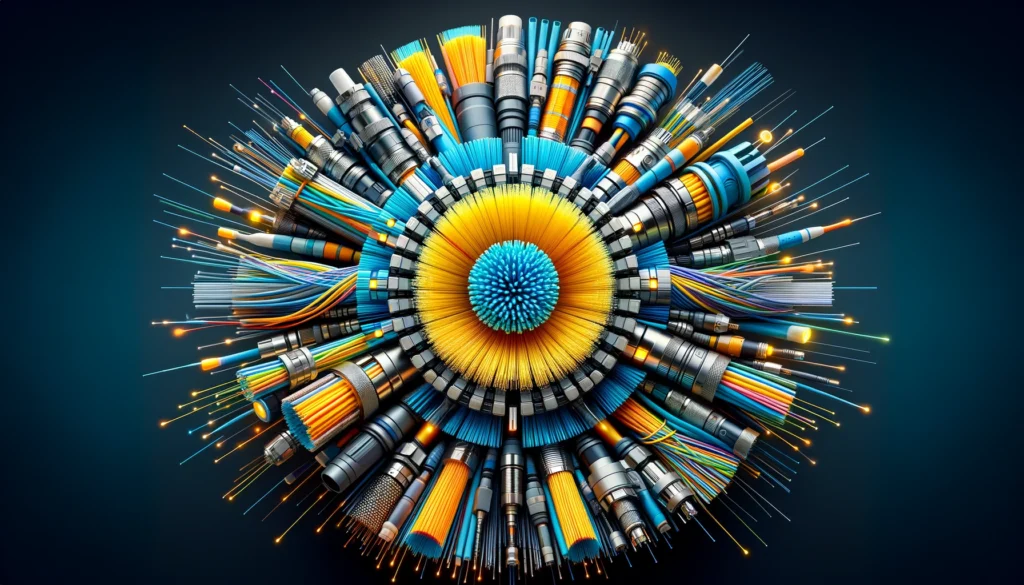
Installation and Maintenance
Ensuring the longevity and efficiency of fiber optic patch cables necessitates meticulous attention to proper installation techniques and diligent maintenance routines. The inherent delicacy of these cables requires that they be handled with utmost care to prevent any damage that could compromise their functionality. This includes avoiding excessive bending or pulling that could strain or break the internal fibers, which are the lifelines of data transmission within these cables. Moreover, the practice of regularly cleaning the connectors is paramount. Over time, dust and debris can accumulate on these connectors, posing a significant risk of signal loss or degradation. By implementing a routine cleaning protocol, such impediments to clear signal transmission can be effectively removed, maintaining the cable’s optimal performance.
Troubleshooting plays a crucial role in the maintenance of fiber optic patch cables. This often involves a thorough inspection for any signs of physical damage, such as cuts or kinks in the cable, which could hinder light passage. Additionally, ensuring that connections are secure and correctly aligned is vital for preventing connectivity issues that could interrupt the network’s operation. By promptly addressing these common concerns, the reliability and performance of fiber optic technology preserving over the long term.
Adhering to these best practices not only safeguards the technological investment but also guarantees the consistent, high-speed data transmission essential for today’s digital demands. Through gentle handling, regular cleaning, and vigilant troubleshooting, the effectiveness and lifespan of fiber optic patch cables can be significantly enhance. This is ensuring they remain a reliable cornerstone of modern communication networks.
Conclusion
Fiber optic patch cables are integral to the seamless operation of modern networks. They are offering significant advantages in data transmission speed and bandwidth capacity. This guide has explored their types, construction, applications, and maintenance, providing insights into selecting the right cable for your needs. As fiber optic technology continues to advance, its role in shaping future telecommunication standards and network infrastructure will only grow. It will be underscoring the enduring importance of these cables in the digital age.


